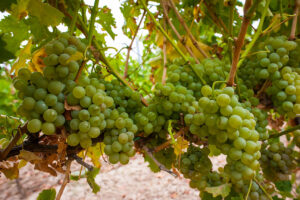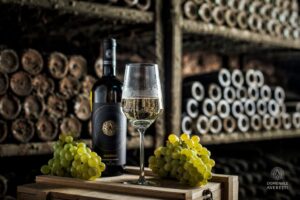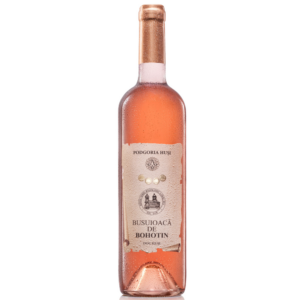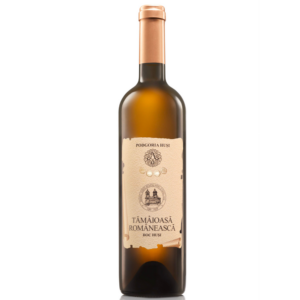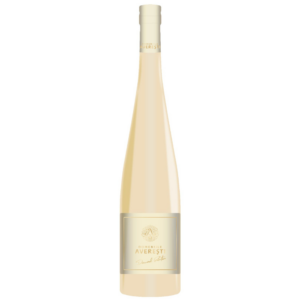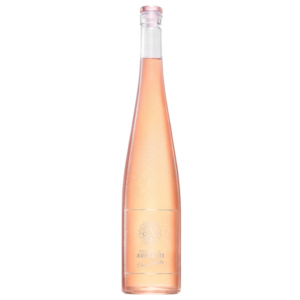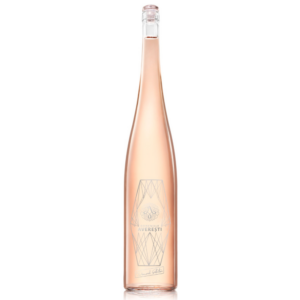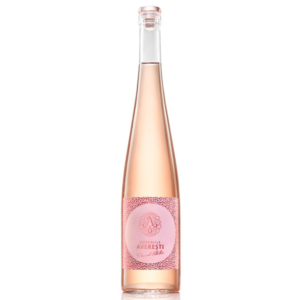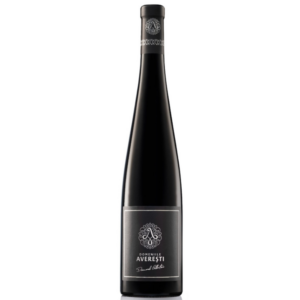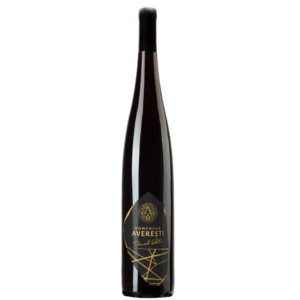Averesti Vineyard
Averesti Vineyard by Transylvania Wine
Located in the Moldavian Hills wine region, the Husi vineyard, which includes the viticultural center of Averești Domain, distinguishes itself from other vineyards through a well-defined identity characterized by:
A rich history with uninterrupted continuity in producing quality wines. A unique terroir. The most typical expression of the Busuioaca de Bohotin grape variety. The exclusive area where the 100% Romanian Zghihara de Husi grape variety is still cultivated, producing gastronomic wines (notably high acidity).
The Husi vineyard is situated in the southeastern part of the Central Moldovan Plateau, between the Crasna Valley to the west and the Prut Valley to the east. It spans between the parallel of 45º 51’ to the north and 46º 31’ to the south.
The vineyard plantations are geographically located in the Huși Depression to the east, in the Crasna-Lohan Hills area to the west, in the northern extremity of the Falciu Hills to the south, and notably, on the slopes between these mentioned hills.
The primary viticultural centers of the vineyard are: Huși, Averești, Lohan – Crasna, Vutcani.
Story of Averesti Wine Company
The first written documents about the existence of vine plantations on the hills of today’s vineyard appeared before the name Husi was mentioned.
From an act by Alexandru cel Bun, dating back to 1415, a delimitation of the old vineyard can be inferred.
Along the course of history, we can also encounter another document dated August 20, 1436, mentioning the same space as in 1415, demonstrating the existence of vine plantations on these lands – Epureni – Pahnesti – Husi. In 1415, Voievod Alexandru gifted two villages to Nichita and Dobre in Draslavita… (today’s Husi), and in 1436, another document mentions “…Iezerul and vine…” from the same places.
Records of the excellent quality of Husi wines can be traced back even further, with accounts from foreign travelers who explored medieval Moldova. Noteworthy are the words written by Marco Bandinus around 1646: “Husi, an ancient settlement of Moldova’s vineyards, produces a tasty, aromatic, and highly sought-after wine.”
In “Descriptio Moldavie,” written between 1714-1716, Dimitrie Cantemir described these varieties of wine from Husi as “better than other European wines and even better than Tokaji wine.”
In 1880, the boyar Stefan Negruzzi planted the first noble vine plantation in the area between Crasna and the village of Averesti. Immediately afterward, he built a wine cellar with a length of 60 meters and a width of 4.5 meters. From the main corridor of the cellar, which is 150 meters long, 8 lateral galleries branch out on the left, each about 20-30 meters long, and 8 galleries on the right. The construction is made of hewn stone, and a special mixture of fertilizer, soil, and clay, which absorbs moisture, was also used.
The wine barrels were placed in these galleries, and ox-drawn carts entered through the main corridor.
In 1965, it was confiscated, and after being used by the Averesti State Agricultural Enterprise (GAS), it passed into the ownership of the State Agricultural Enterprise (IAS) until 2000 when it was divided into three companies, one of which became S.C. VINICOLA 2000 S.A. After privatization in 2005, PASVITIS and SIF, who held the shares, sold them to Mr. Constantin Dulute, who still owns it today.

